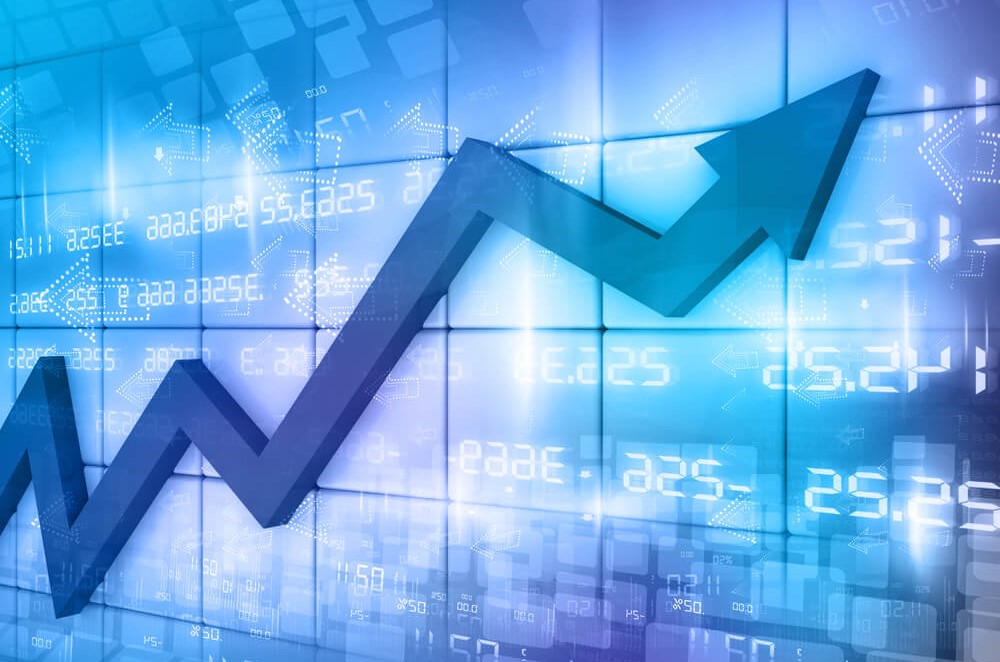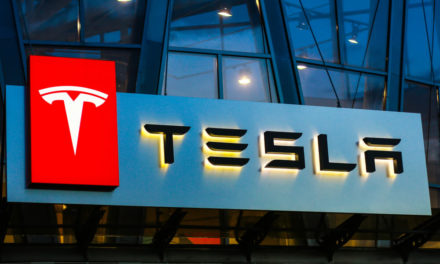The stock market has been on a wild ride up lately, driven especially by the success of some of the biggest company names, but Goldman Sachs strategist David Kostin doesn’t think that’s any reason for investors to stay away from buying into those companies.
“Today, the S&P 500 market cap is concentrated in the five largest stocks to a degree not witnessed since the peak of the Tech bubble,” Kostin, who is Goldman’s U.S. equity strategist, wrote.
The Big 5 (Facebook, Apple, Amazon, Google parent Alphabet and Microsoft) make up 18% of the S&P 500’s total value. Back in 2000 it was Microsoft, Cisco, General Electric, Intel and Exxon Mobil who were top-heavy before the dot-com crash.
Kostin thinks times are different now, though. He points to the fact that tech giants these days are more fairly valued and actually use revenue to fuel more growth going forward, according to a note he wrote to clients.
“Lower growth expectations, lower valuations, and a greater reinvestment ratio suggest the current concentration may be more sustainable than it proved to be in 2000,” he added.
The latest earnings reports are backing up that claim so far, as well. Amazon, Apple, Facebook and Microsoft have all reported fourth quarter 2019 earnings within the last week and the results have been good to great. Alphabet reported net revenue of $37.5 billion Monday.
Apple’s earning beat projections by 4% last week, and Microsoft was positive across all segments with 14% year-over-year growth and more double-digit growth projected for this year. Amazon absolutely crushed it in the fourth quarter, with 21% growth on revenue of $87 billion.
Looking at the bigger picture, 69% of the S&P 500 companies that have reported so far showed positive earnings, and 65% have reported positive revenue. All of this has helped keep valuation measures within sane parameters. Price-to-earnings ratios for the big 5 are averaging 30 times, which is much more manageable than the 47 times witnessed during the dot-com bubble.
Kostin thinks it will be sustainable as long as companies keep meeting growth expectations.
“In order to avoid repeating the share price collapse experienced by their predecessors, today’s market cap leaders will need to at least meet — and preferably exceed — current consensus growth expectations,” Kostin said in his note. “This time, expectations seem more achievable based on recent results and management guidance.”




